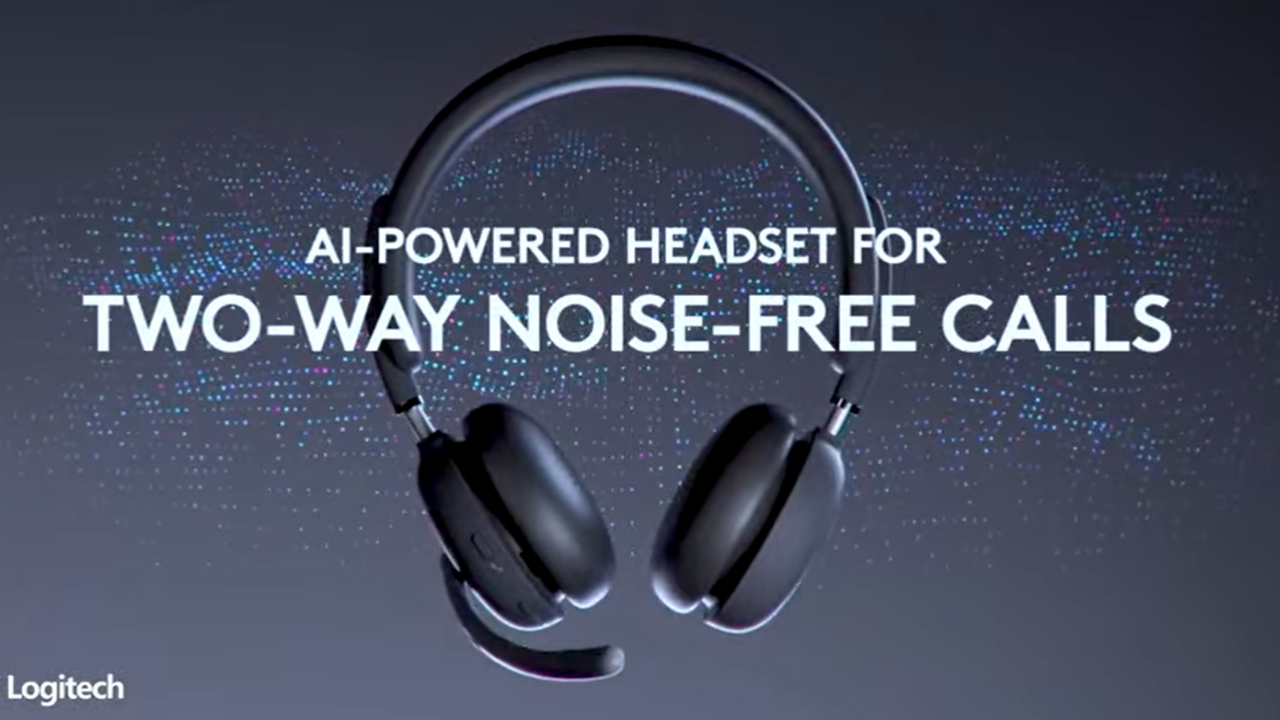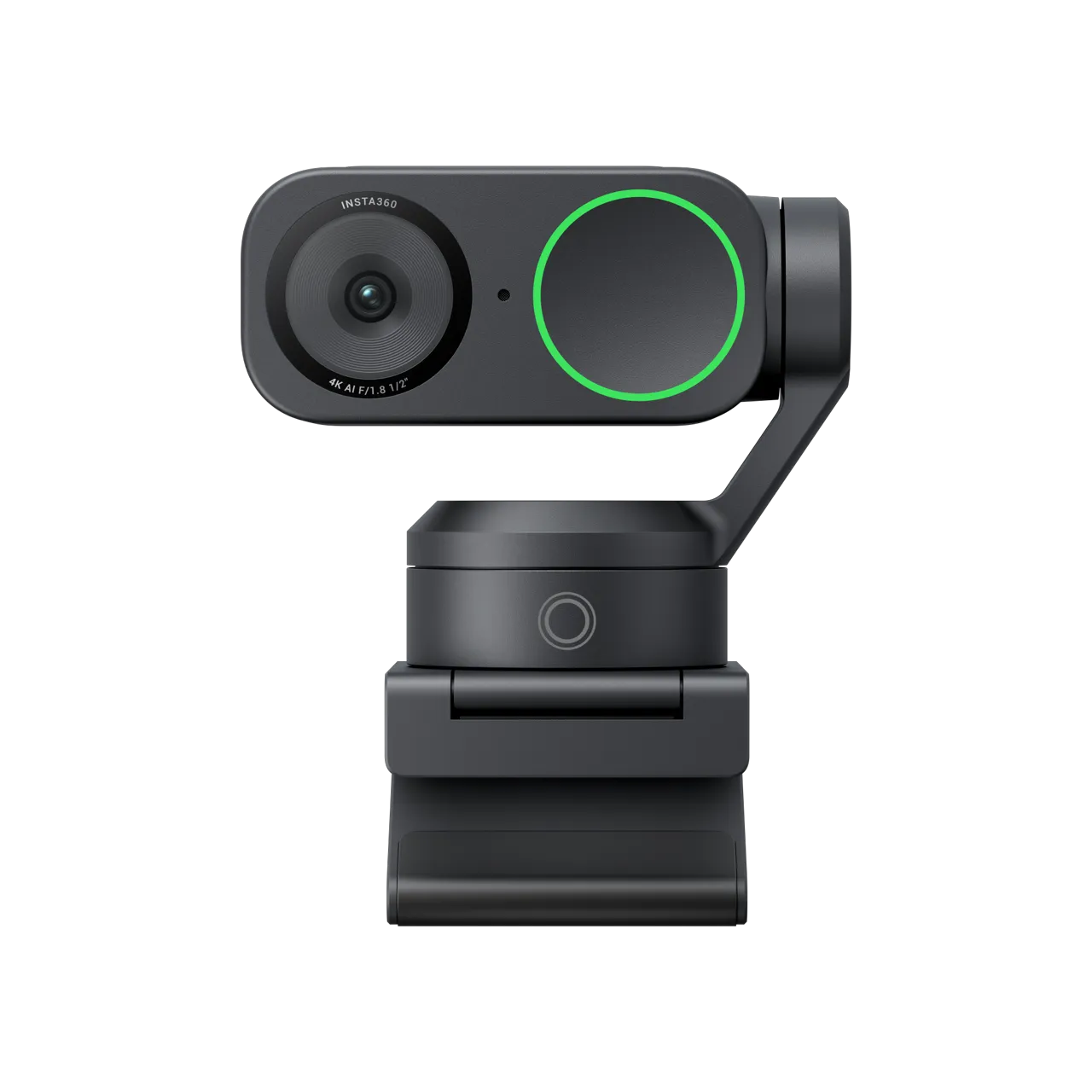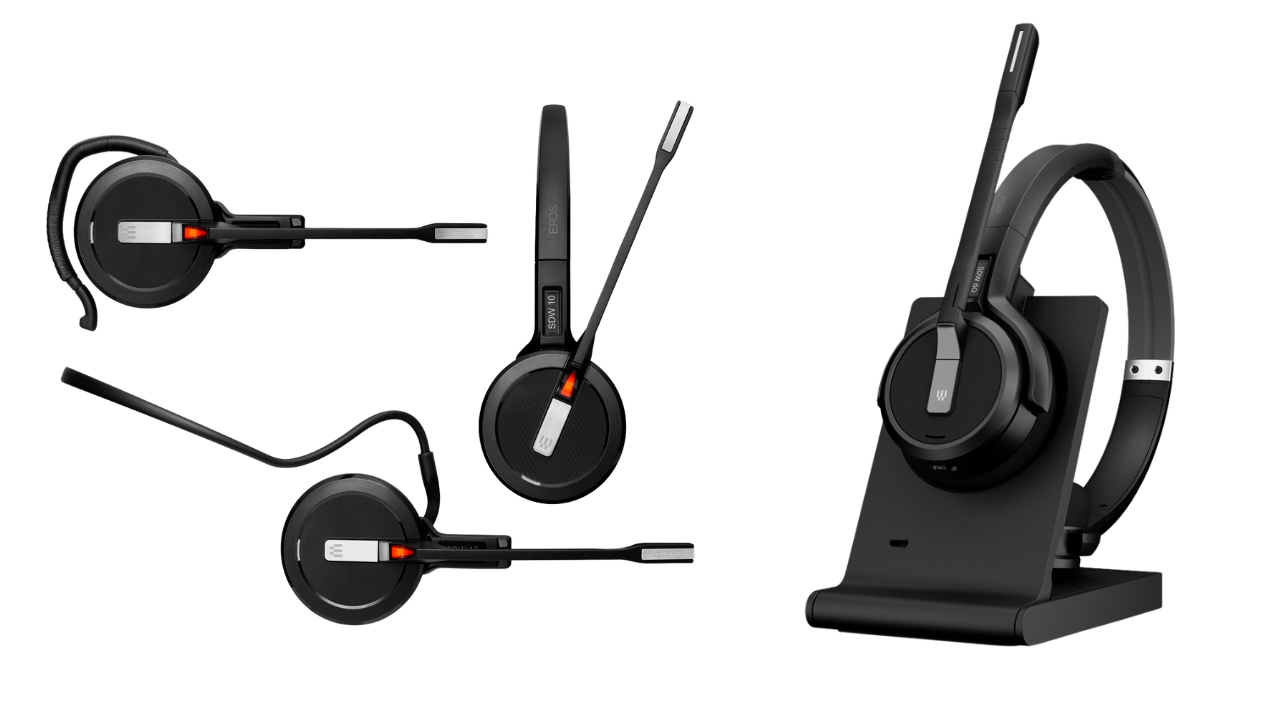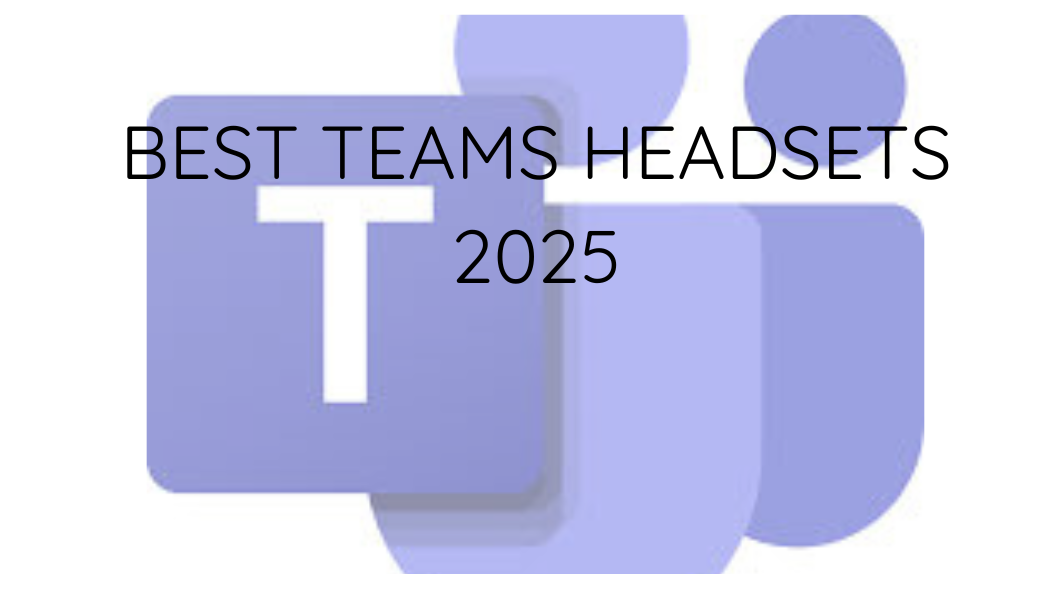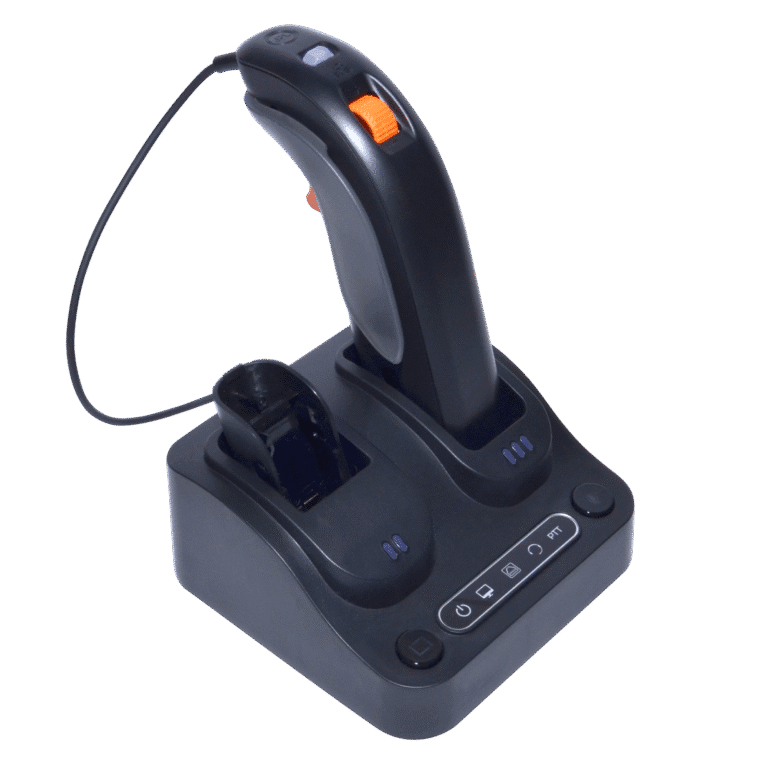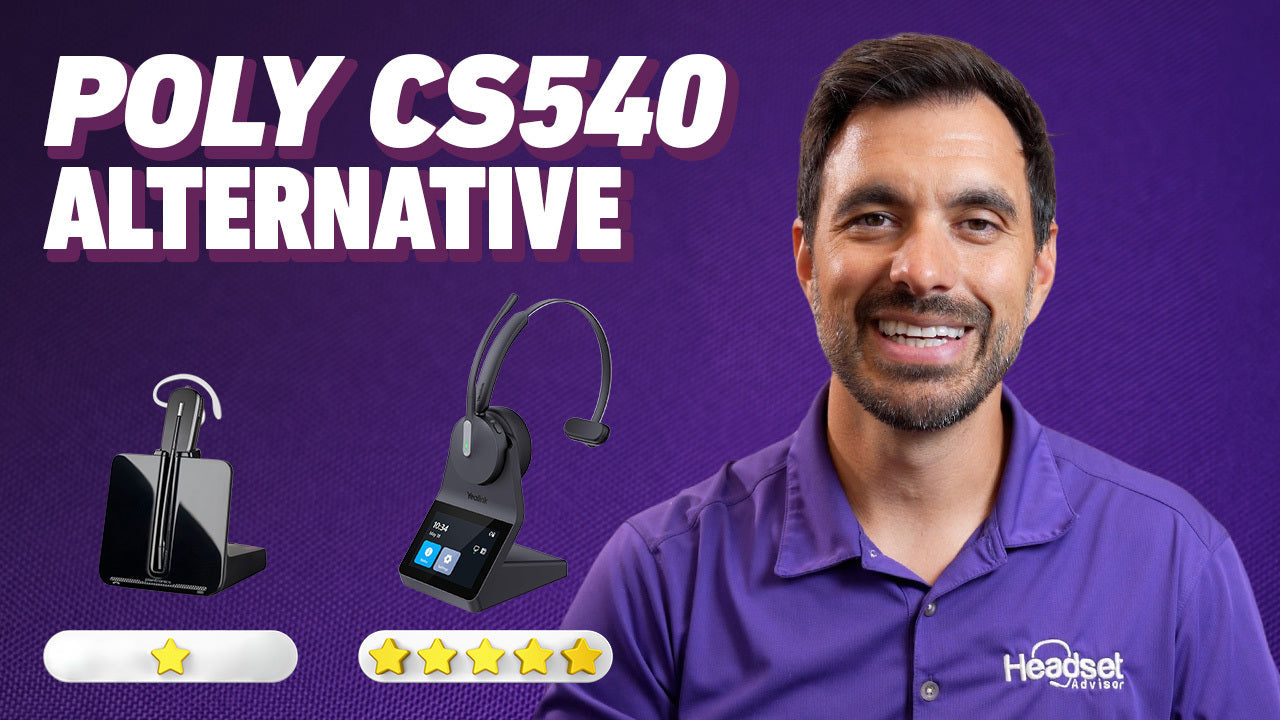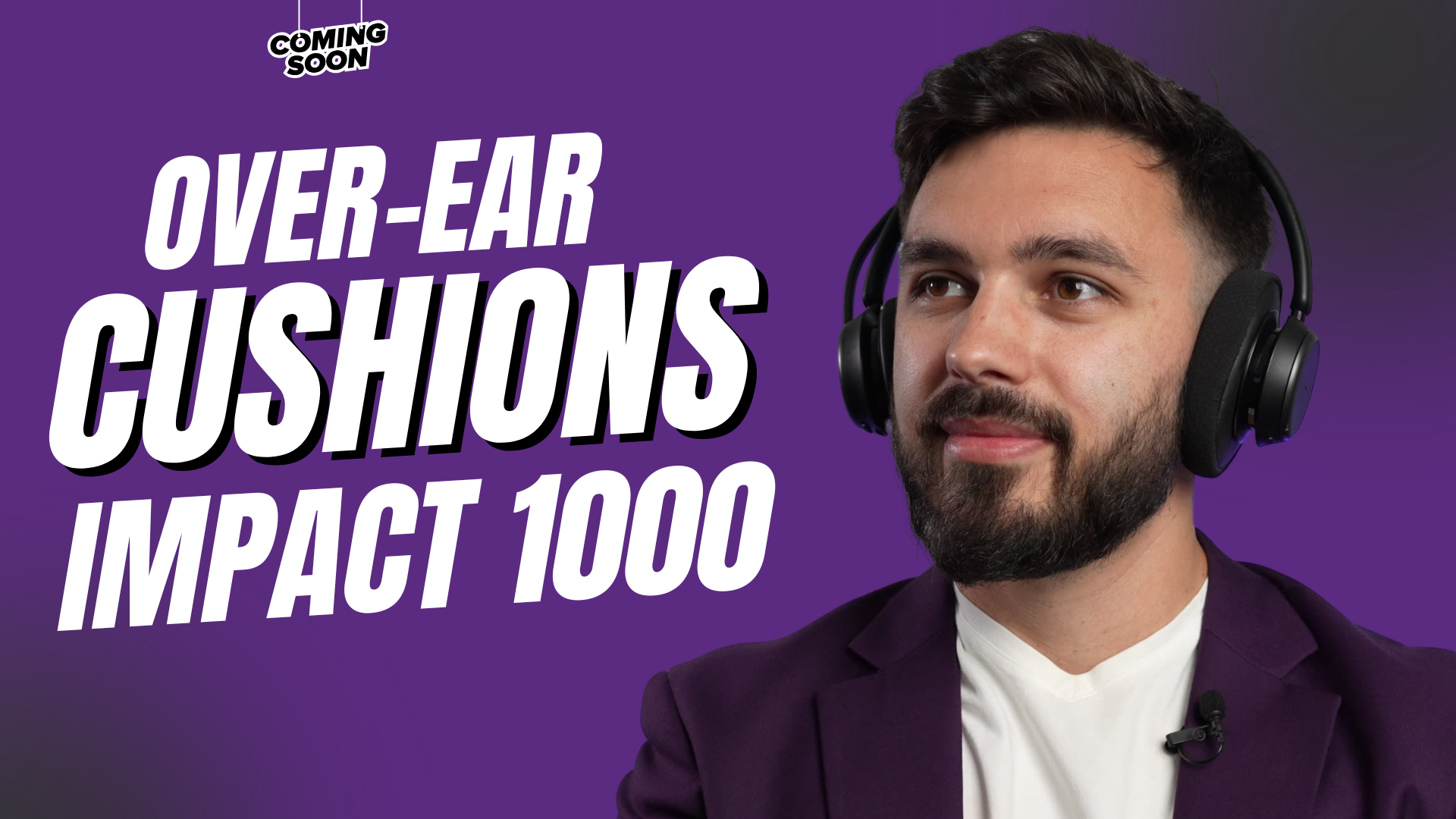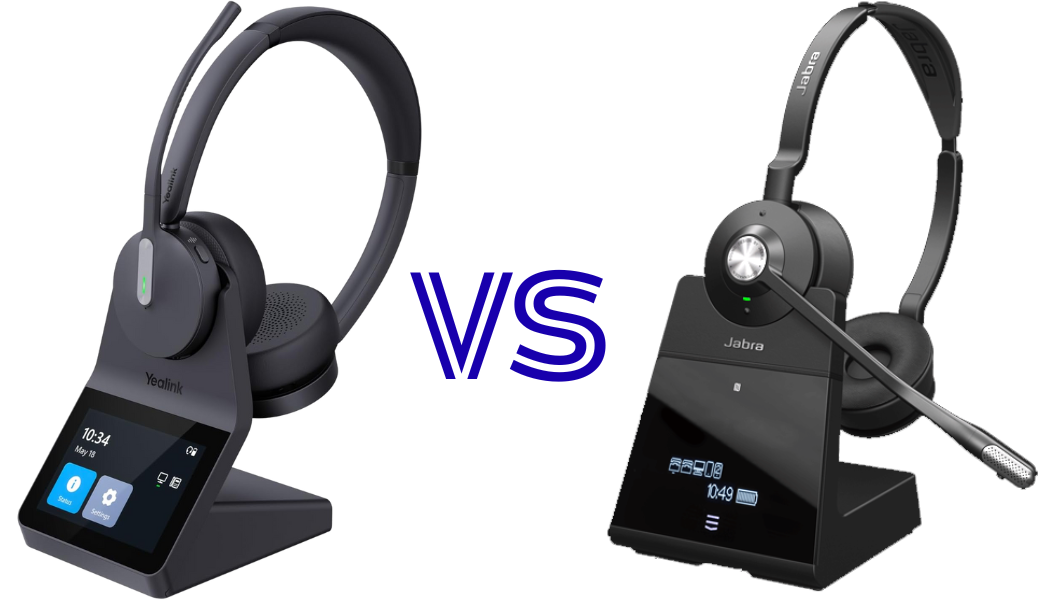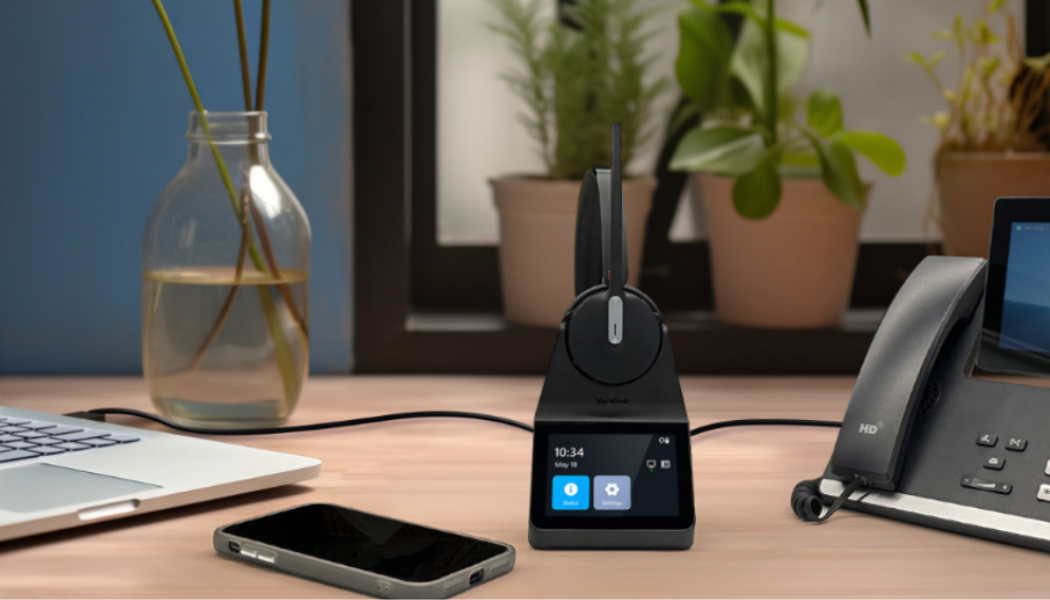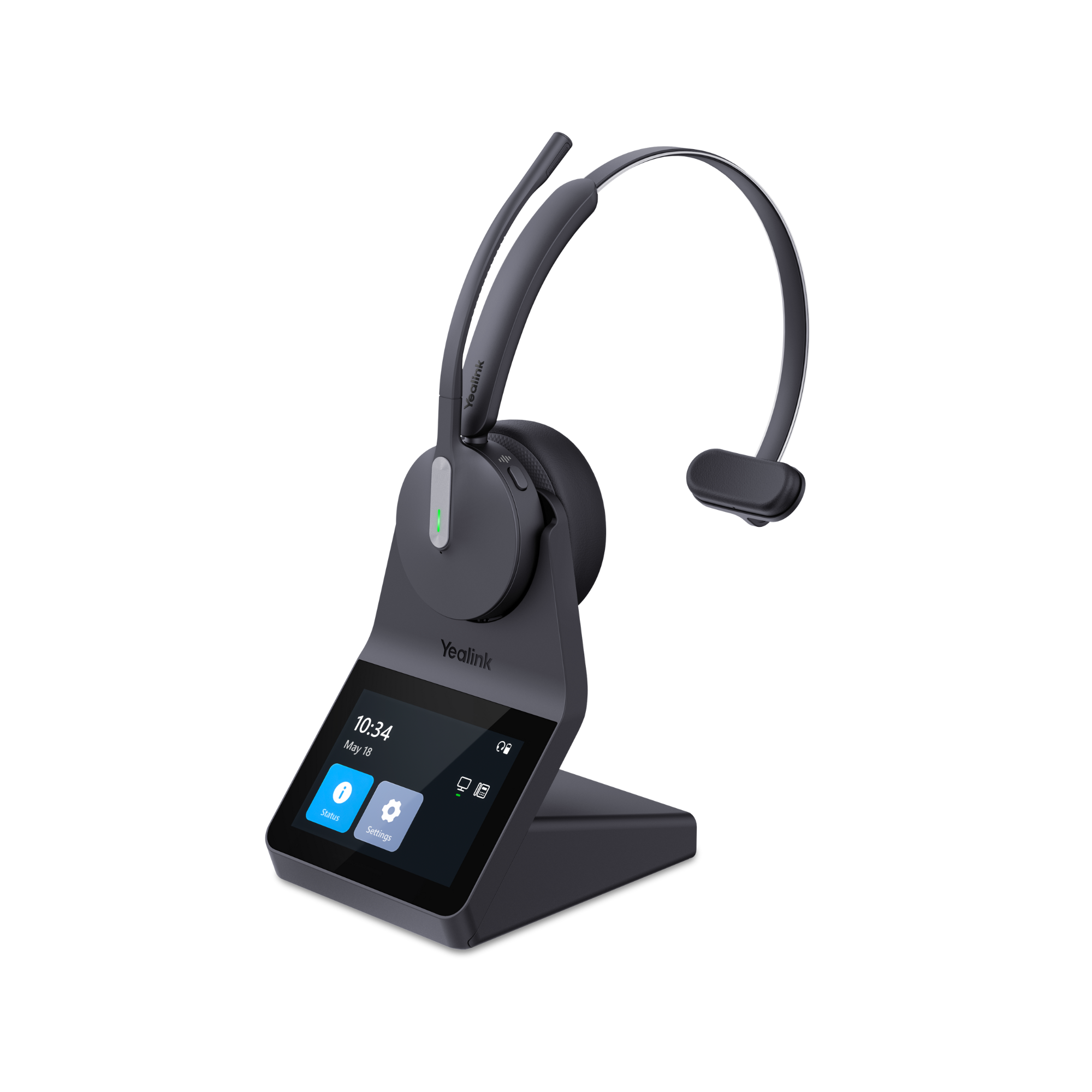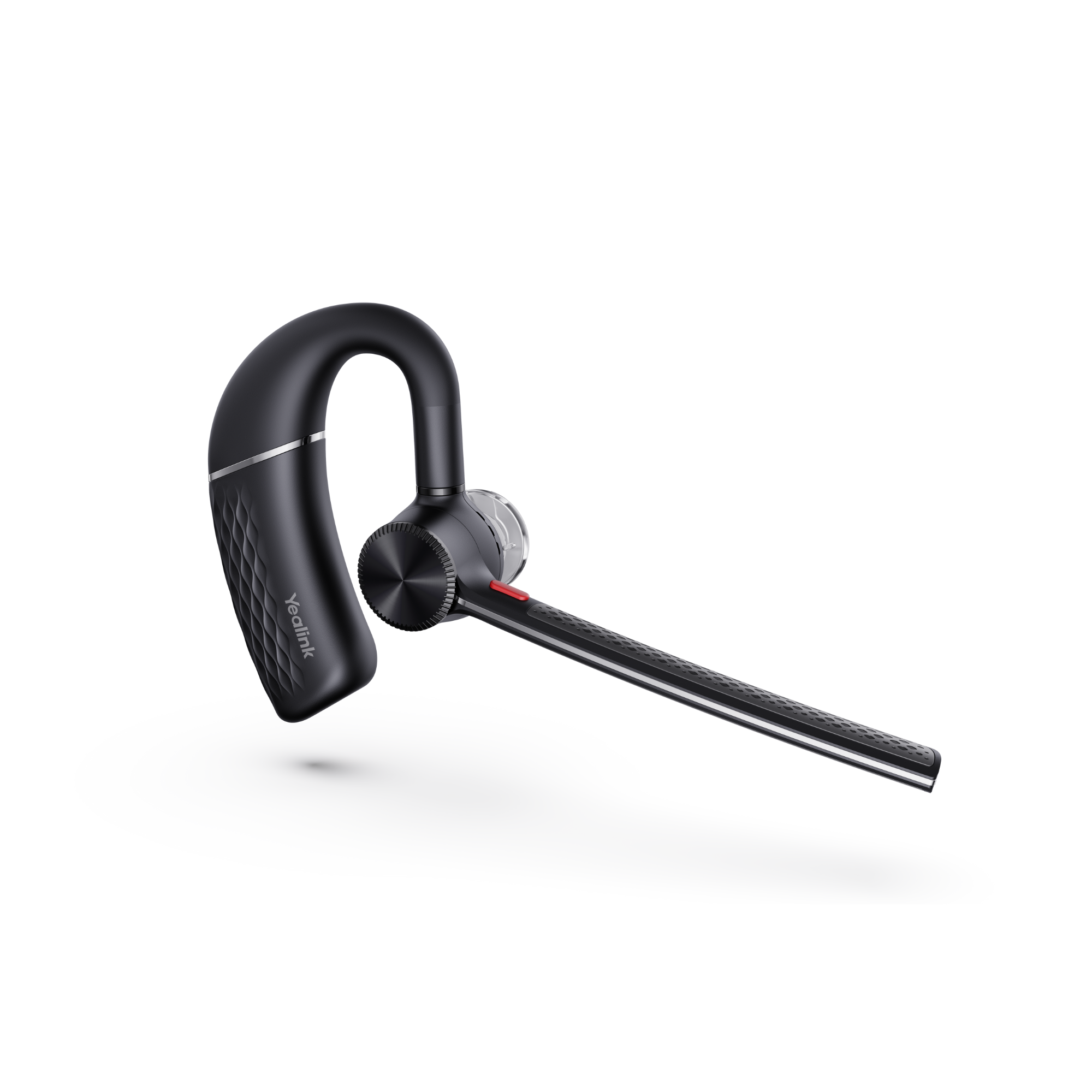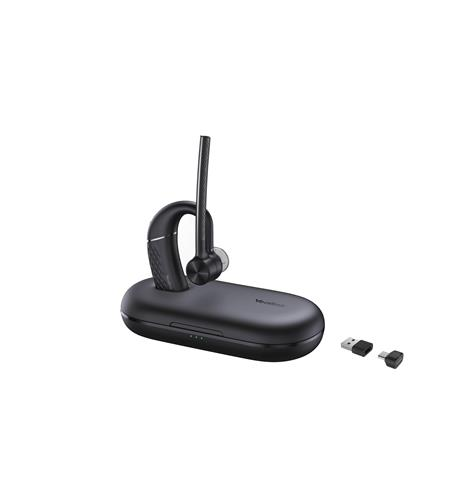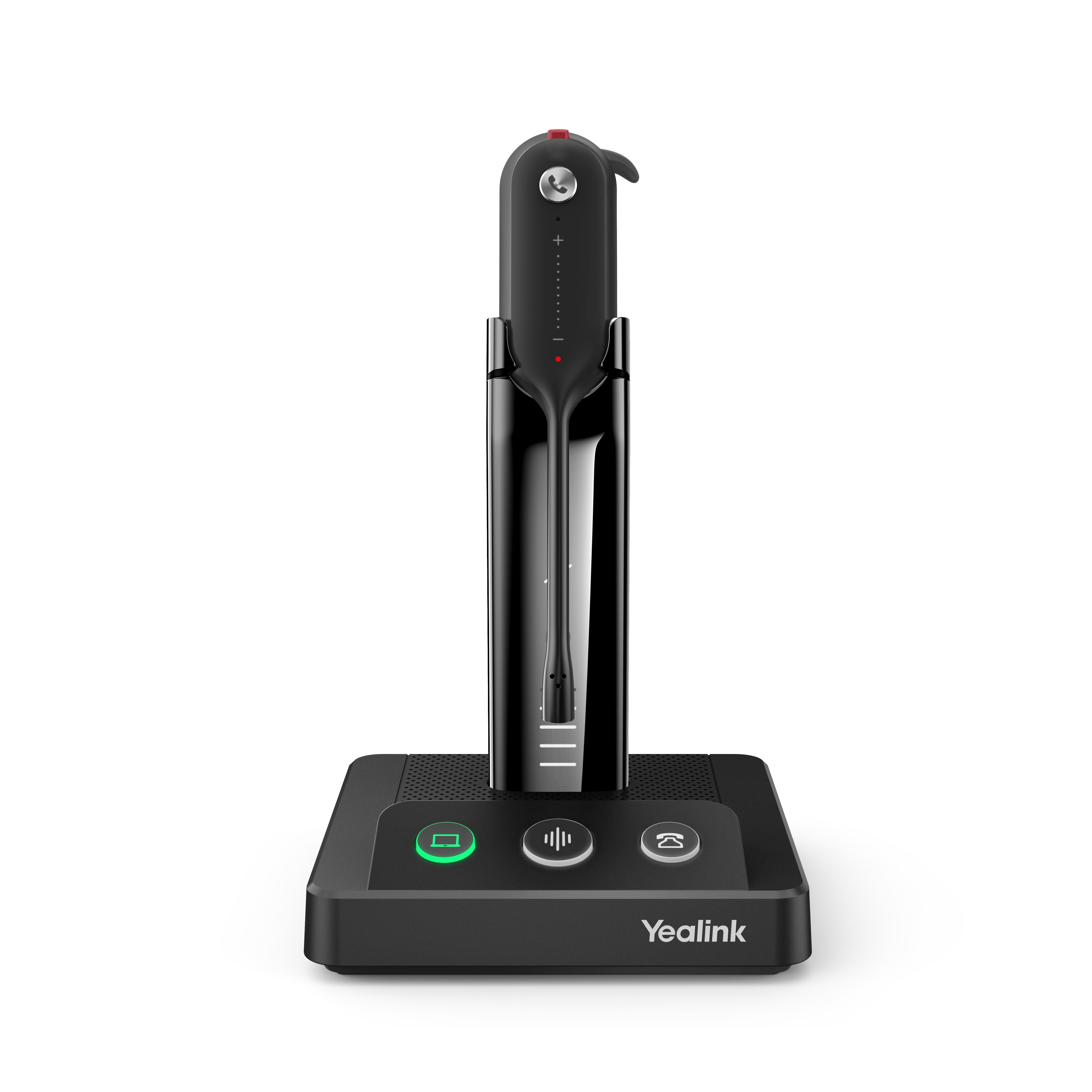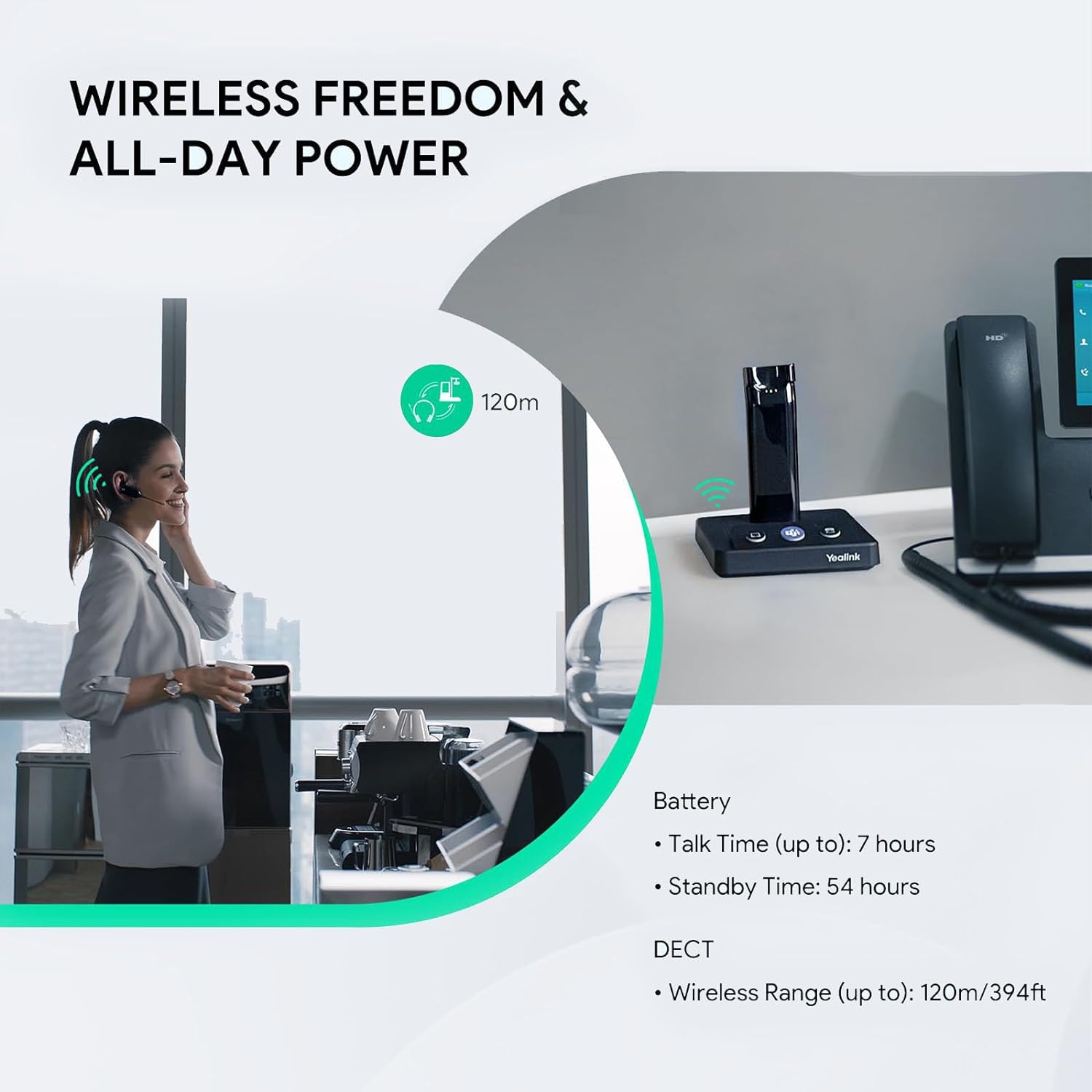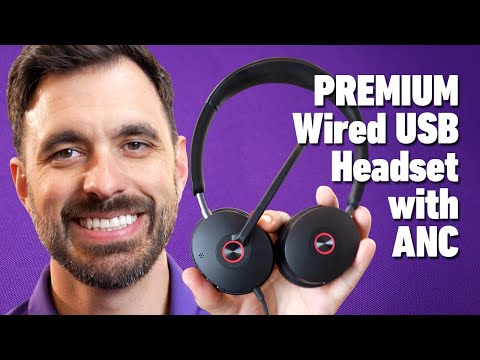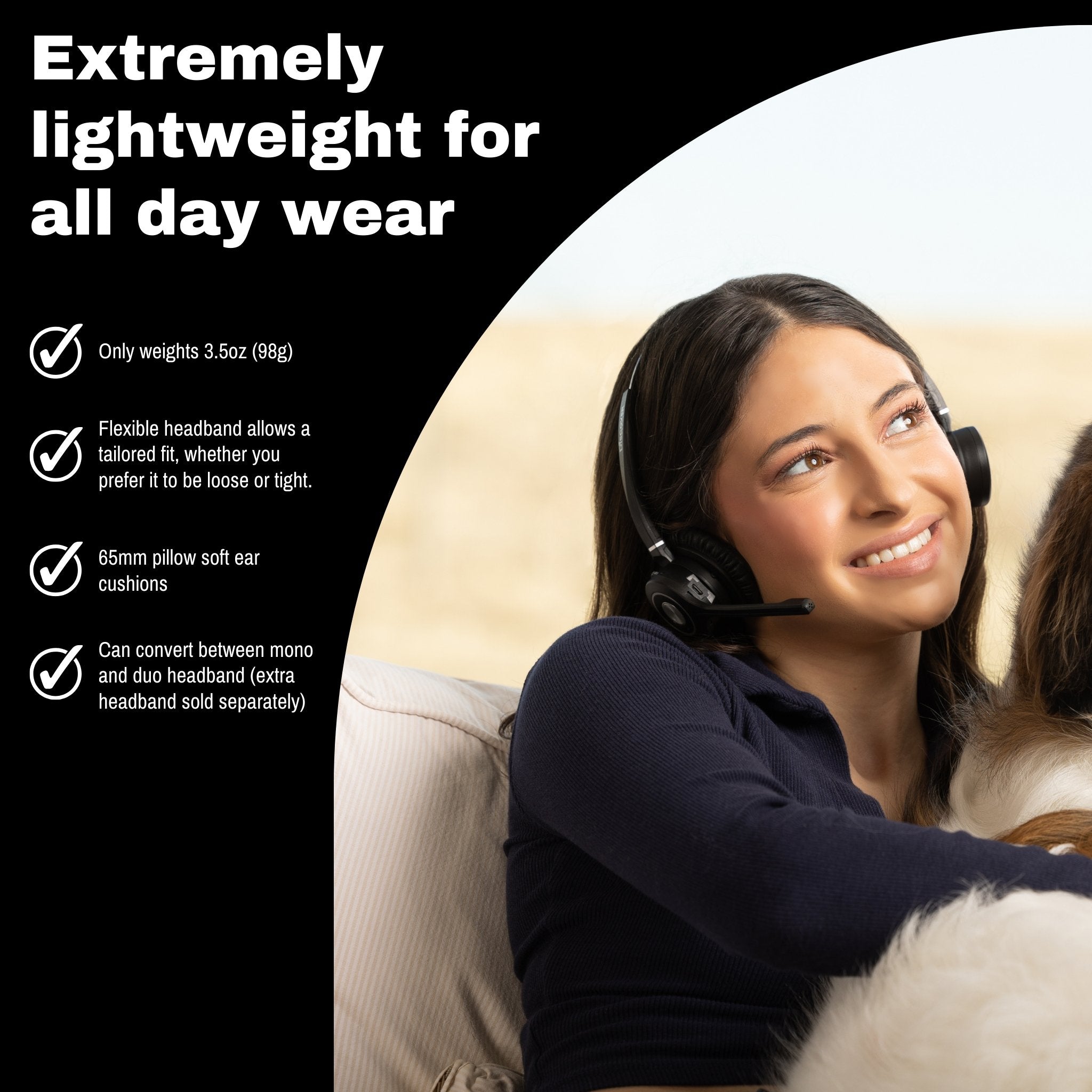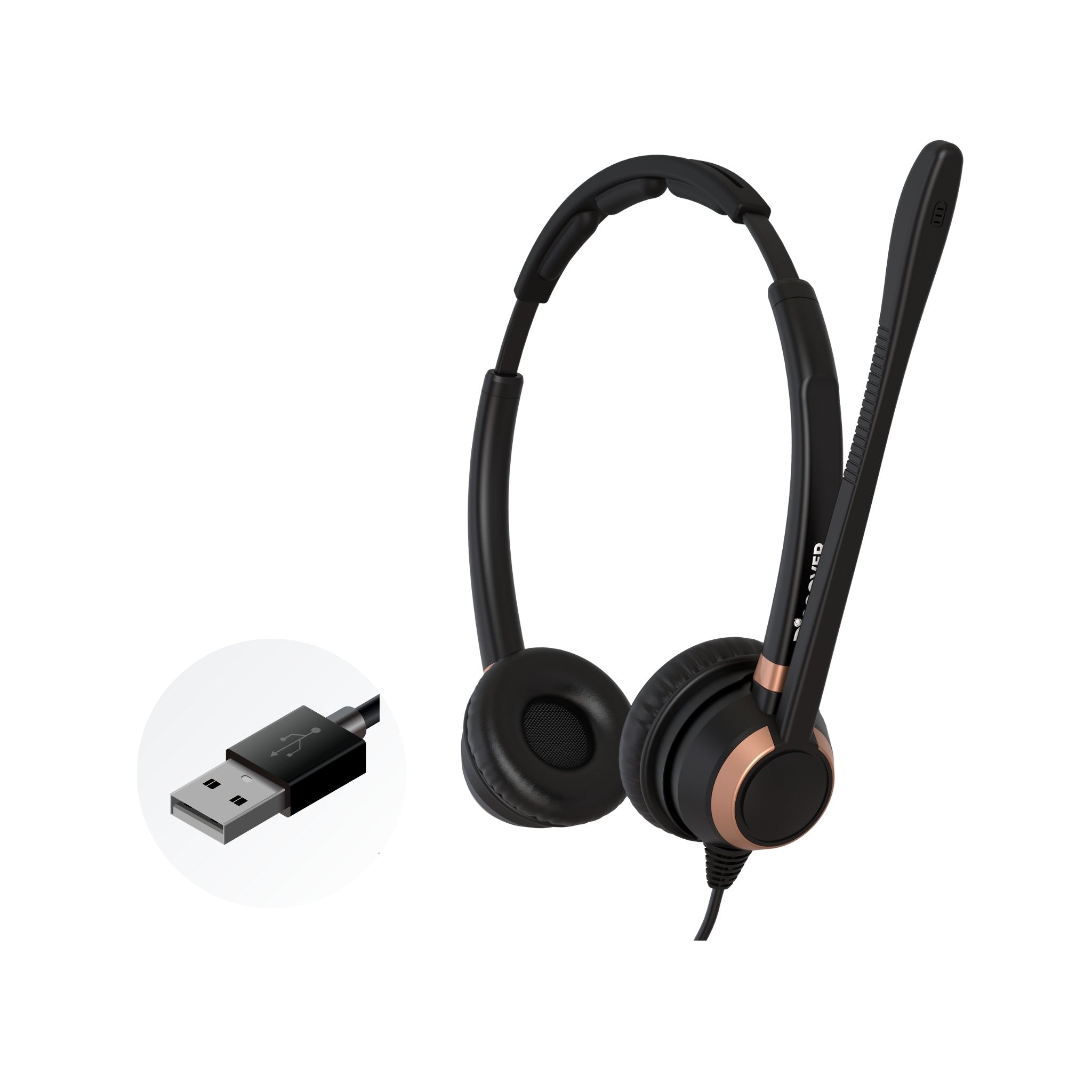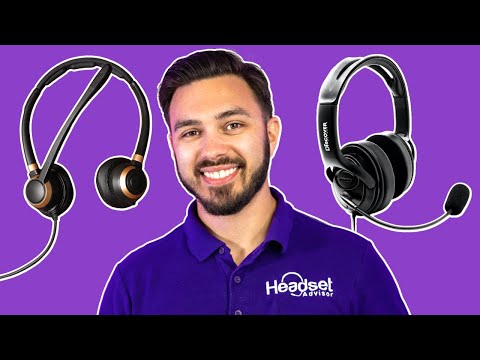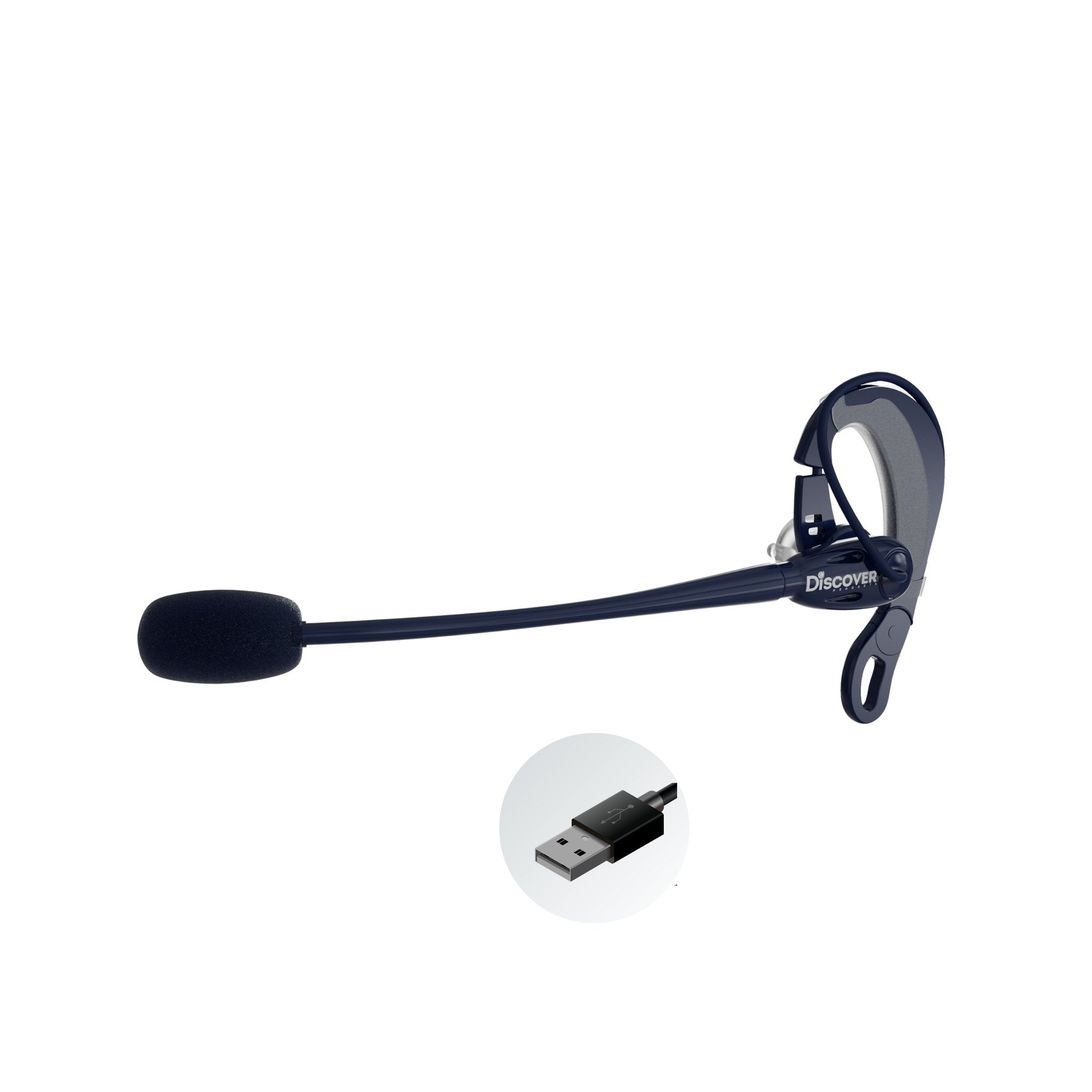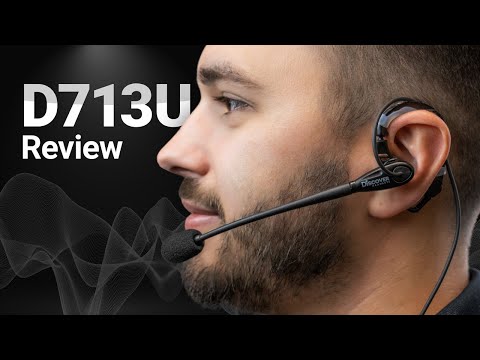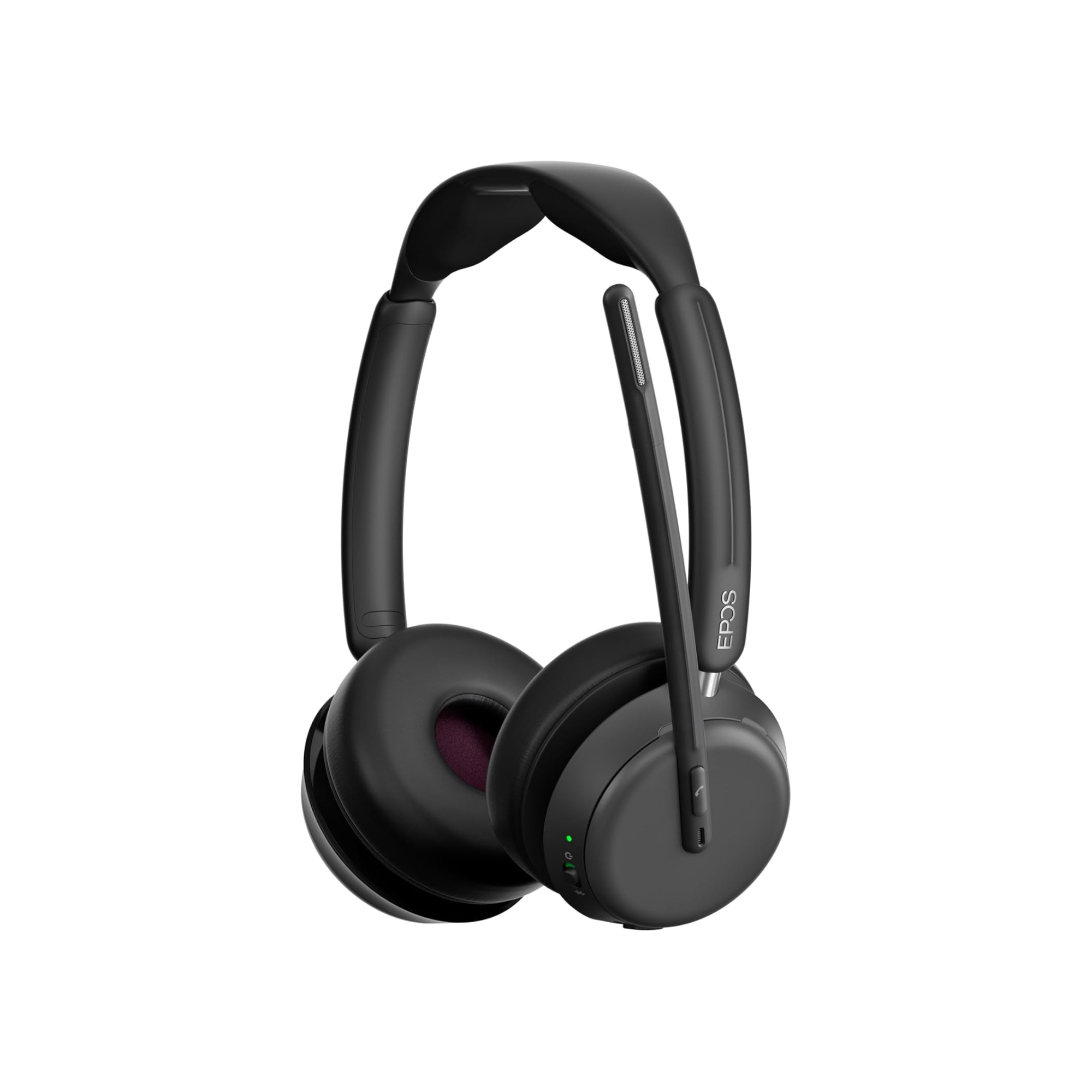Ever get frustrated on a call when background noise makes it difficult to hear the other person? Noise cancellation technology can be a game-changer, but with different types available, it can be confusing to know which one you need, and what they do.
This blog post digs into noise cancellation, explaining:
- Active Noise Cancellation (ANC)
- Microphone Noise Cancellation
- And the new kid on the block – Speaker Noise Cancellation.
We all like choices, so here’s yours while you’re here. To learn more about noise cancellation, you can watch our informative video below, or just read the blog. Isn’t it great to have choices?
Understanding Noise Cancellation
A lot of people think that all headsets have noise canceling microphones, but that isn’t correct. Some headsets do, and some don’t, though noise canceling microphones are becoming a standard feature. To others, noise cancellation seems a bit magical, but it actually just comes down to clever engineering.
Here's a breakdown of the three main types of noise cancellation:
-
Active Noise Cancellation (ANC): Originally designed for pilots to combat loud cockpit noise, ANC uses microphones on the outside of the headset to pick up ambient noise. The headset then generates "anti-noise" sound waves to cancel out the external noise before it reaches your ears. This reduces the overall noise level, helping you focus on what matters – your call, your music, or your work.
- Microphone Noise Cancellation: This technology focuses on improving call quality for the person you're talking to. Headsets with noise canceling mics typically have a boom that allows you to position it close to your mouth for optimum sound quality; typically two fingers width from the corner of your mouth, and a pinch below your lower lip.
These microphones pick up your voice and separate it from background noise, ensuring your voice is clear for the listener, even in noisy environments. And as you’d imagine, some microphones do a better job than others in terms of voice audio quality, noise reduction ability, and maintaining voice quality when the microphone is working to dampen down the background noise. There’s a big swing across these three different areas when comparing headsets. Some headsets might have great voice audio quality, but lack in noise reduction. Or, it might reduce noise well, but when background noise is present, and the headset mic is working to remove it, voice quality suffers.
- Speaker Noise Cancellation. Essentially, this is the central theme of this blog. And, it aims to put a spotlight on what this technology does, and how it differs from the other two forms of noise reduction.
To know if a given headset, and its noise canceling features is right for you, the best advice is to try one before deciding to buy it. This way, you’ll know ahead of time if it's a good fit or not, and you'll avoid the inconvenience and expense of returns.
Confusing Noise Cancellation and ANC? You're Not Alone!
A common misconception is that ANC automatically includes microphone noise cancellation. This isn't the case as you’ll see and hear in our video with the Apple Airpods Pro Max. While they offer ANC, AirPods overall do a fairly poor job at removing noise.
Look for headsets with both features (noise canceling microphone, and Active Noise Cancellation) if you want to give your callers the best possible sound quality, and to help you stay focused on your work when noise is going on around you.
If you work in a quiet environment, you may not need either feature, though having a noise canceling microphone for those moments when noise occurs unexpectedly, isn’t a bad idea.
The Newcomer: Speaker Noise Cancellation
There's a new player in the noise cancellation game – Speaker Noise Cancellation. This technology tackles a different challenge: background noise coming from the other person's end of the call.
Imagine you're on a call with a customer who’s using a speakerphone in a noisy environment. Speaker noise cancellation works to filter out that unwanted background noise, allowing you to hear their voice and not all the noise in their background. Currently, the Logitech Zone Wireless 2 headset includes this unique feature, with more headset brands likely to follow suit in the near future.
Software Solutions: Speaker Noise Cancellation On Any Audio Device
While Logitech's Zone Wireless 2 is the only headset option for speaker noise cancellation at this time, noise canceling software presents another exciting possibility. neep software comes standard with speaker, or far-end noise cancellation functionality. Simply download the software, select it as your speaker output, and toggle on noise cancellation. Now, any audio device you use can benefit from clearer audio on calls with noisy environments on the other end. To learn more about neep noise canceling software, visit neep.com where you can get a free trial.
Choosing the Right Noise Cancellation - Which Is Right For You?

The best noise cancellation solution depends on your specific needs. But to help get you pointed in the right direction, here's a basic roadmap you can follow:
- For intense focus and blocking out ambient noise: Look for a headset with ANC.
- For crystal-clear call quality in noisy environments: Choose a headset with microphone noise cancellation to give your callers a better sounding, quieter experience.
- For combating background noise from the other caller: Consider the Logitech Zone Wireless 2 headset with speaker noise cancellation or explore noise canceling software solution like neep.
As a footnote to the topic of noise cancellation, ANC, like microphones, vary in noise canceling ability. Headsets with ANC vary in how they’re configured:
- ANC on/of
- ANC High/Low/Off
- ANC that adjusts in increments (so you can regulate how much noise to let in, or keep out)
So when shopping for headsets, and you see it has Active Noise Cancellation, look a little further to find out the specifics of the ANC it comes with.
Final Thoughts
We hope this blog post clarifies the different noise cancellation technologies. If you'd like to learn more about neep's noise cancellation software and its other features, check out the informational video below that includes a variety of noise cancellation tests.
Have Questions, Or Need Some Help?
Don’t hesitate to contact us if you have any questions about noise cancellation, or communication devices in general. We’ve been assisting customers since 1994, and I’m confident that we have the answers to your questions. Whether you have a question, or need a headset solution tailored to your needs, we're here to help.

